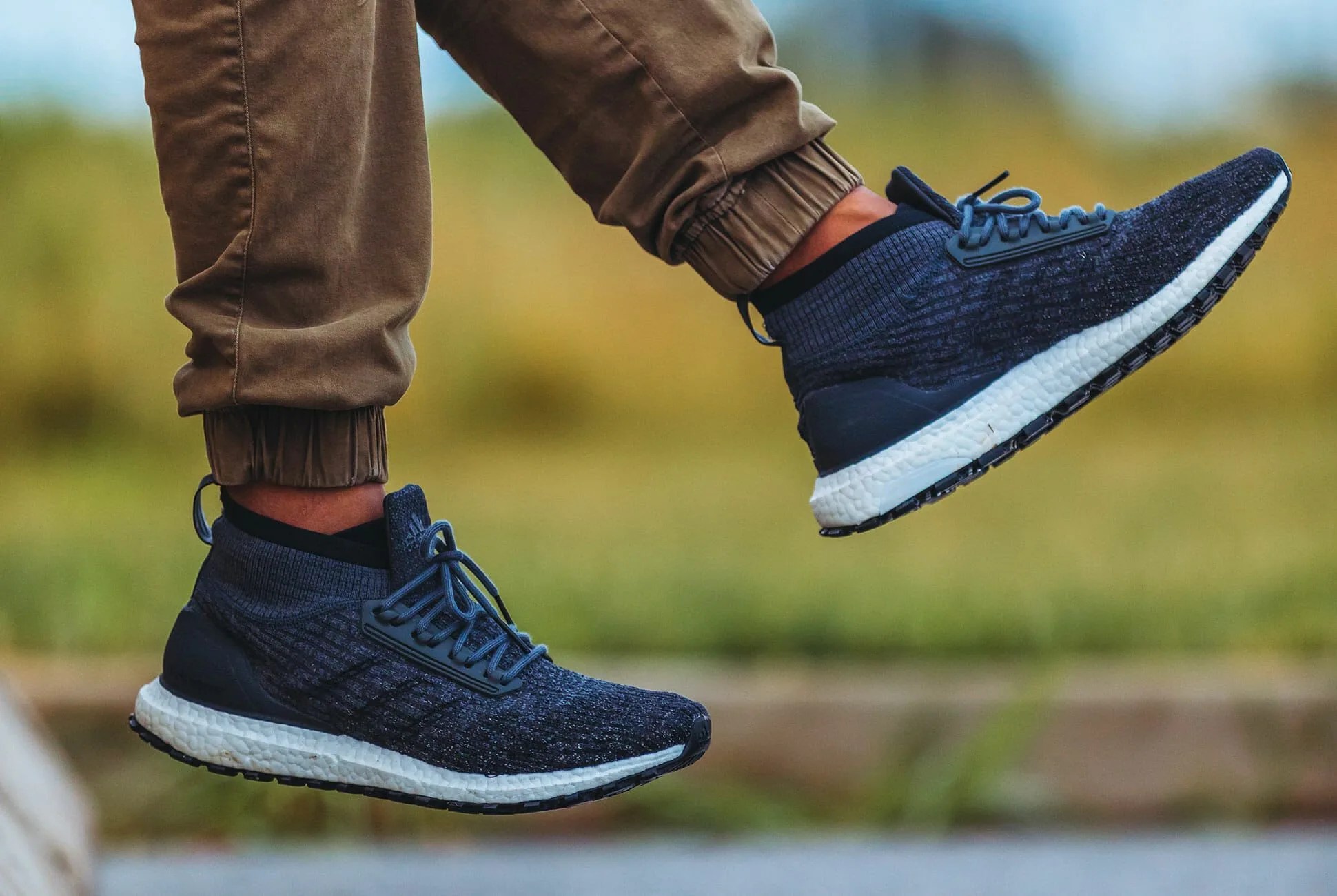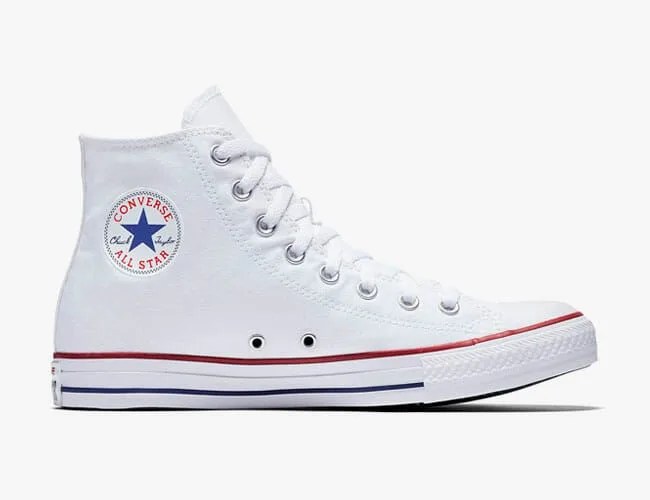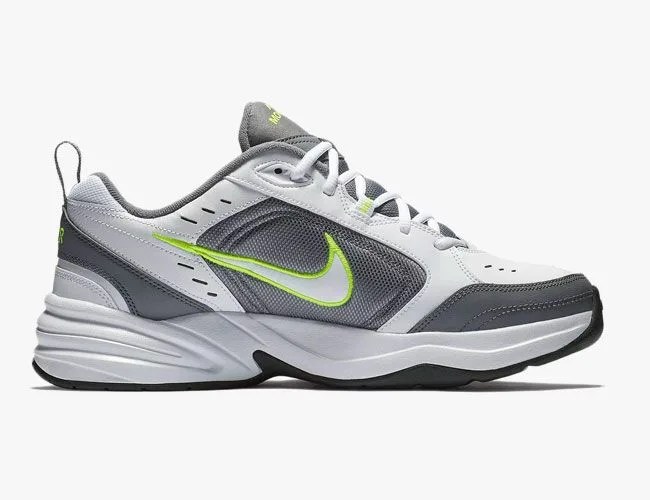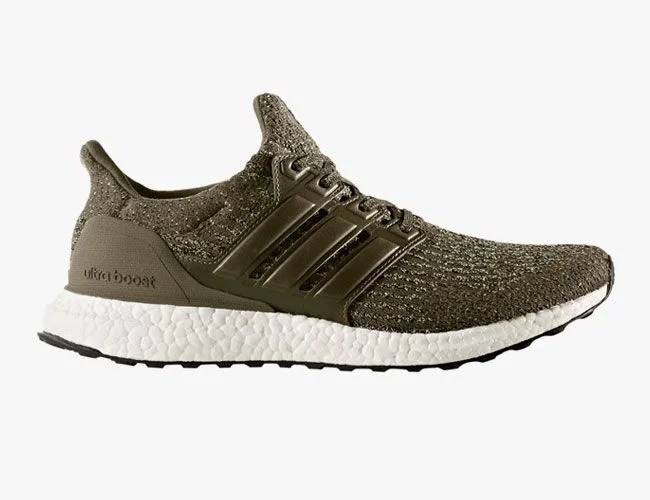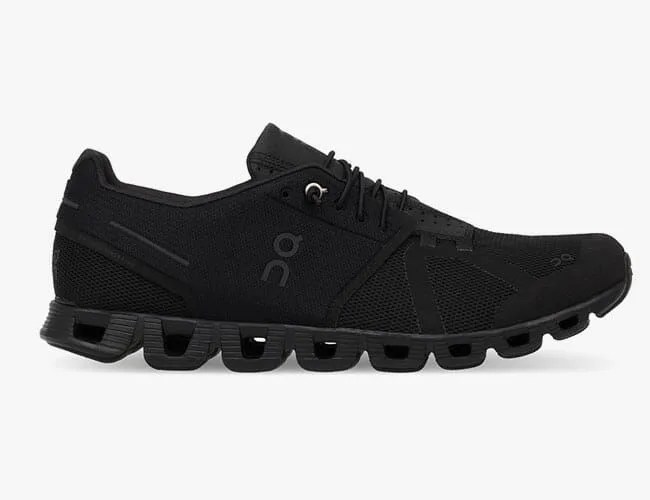Wearing sneakers while traveling to a foreign place used to be a faux pas that you avoided at all costs. When vacationing you never wanted to stick out, the goal was always to blend in with the locals. As an American, I always felt like my clothes were a dead giveaway that I wasn’t born and raised in Europe, so donning chunky sneakers in the 90s, was just not going to fly. Now, sneakers are the generally accepted norm, not only in America, but globally. This has changed the way I travel, simply because it streamlines the number of shoes I have to pack. The trick of it is figuring out which sneakers are meant for me to run and walk in, rather than just trot around town in.
As one of our resident sneaker testers at Gear Patrol, I’m often asked about a new pair of sneakers and if it’s possible to wear them to the gym. With fresh kicks becoming de rigor on the streets of the world’s most stylish cities, companies have started to beef up walking shoes with performance sneaker technologies. It can sometimes be tricky to know if the latest sneaker drop is appropriate for 10 miles, 50 miles or none. “Many Adidas sports performance shoes have been adopted by sneaker culture and worn for casual, everyday use,” Tor Southard, Adidas category director of running footwear, says. “The Ultraboost is just one of many examples of this trend. You can lace them up and run a marathon in them, or you can leave them un-laced and wear them every day.” We also spoke to running sneaker experts from Paragon Sports and JackRabbit about easy ways to tell the difference between lifestyle and performance running shoes.
The Best Way to Tell the Difference
If you’re looking for a pair of shoes to walk around in, proceed without issue. If you’re looking for a cool-looking set of kicks that also perform on all of your long runs, not just any “running” shoe will do the trick. Avoid anything from the Classics or Originals line and aim to look for sneakers that are in the ‘running’ category or ‘performance’ section of the store or online shop. Each brand will have an individual tell: “Our style products, which typically carry the ‘trefoil’ logo (or leaf logo) unite our sport heritage with a modernist approach to design,” Southard says. “For example, technologies like Boost and Primeknit, which are intended to provide optimum comfort during sport performance are also seen in style silhouettes like the NMD.”
There are many factors that make up a performance shoe. “The technical aspects of a running shoe, from the sole to the mid-layer to the construction and material for the upper down to the lacing system and how it locks on your foot,” Melanie Mitchell, triathlete and running geek at JackRabbit, says. “How the shoe allows a runner to land and push off for the next step is something running companies have engineers working on as new technologies and techniques are developed.” There is a lot of money, research and development that goes into creating these sneakers to provide you with loads of energy return and plush cushioning.
Price-wise, for the level of technical performance that you want, you are going to have to pay more. “The more performance related to a shoe, the more research and development have gone into designing and manufacturing of the shoe,” Mitchell says. “With new responsive cushioning and breathable mesh uppers and soles to respond to the terrain, the price point reflects what you get. A solid performance shoe is going to start at around $130.”
